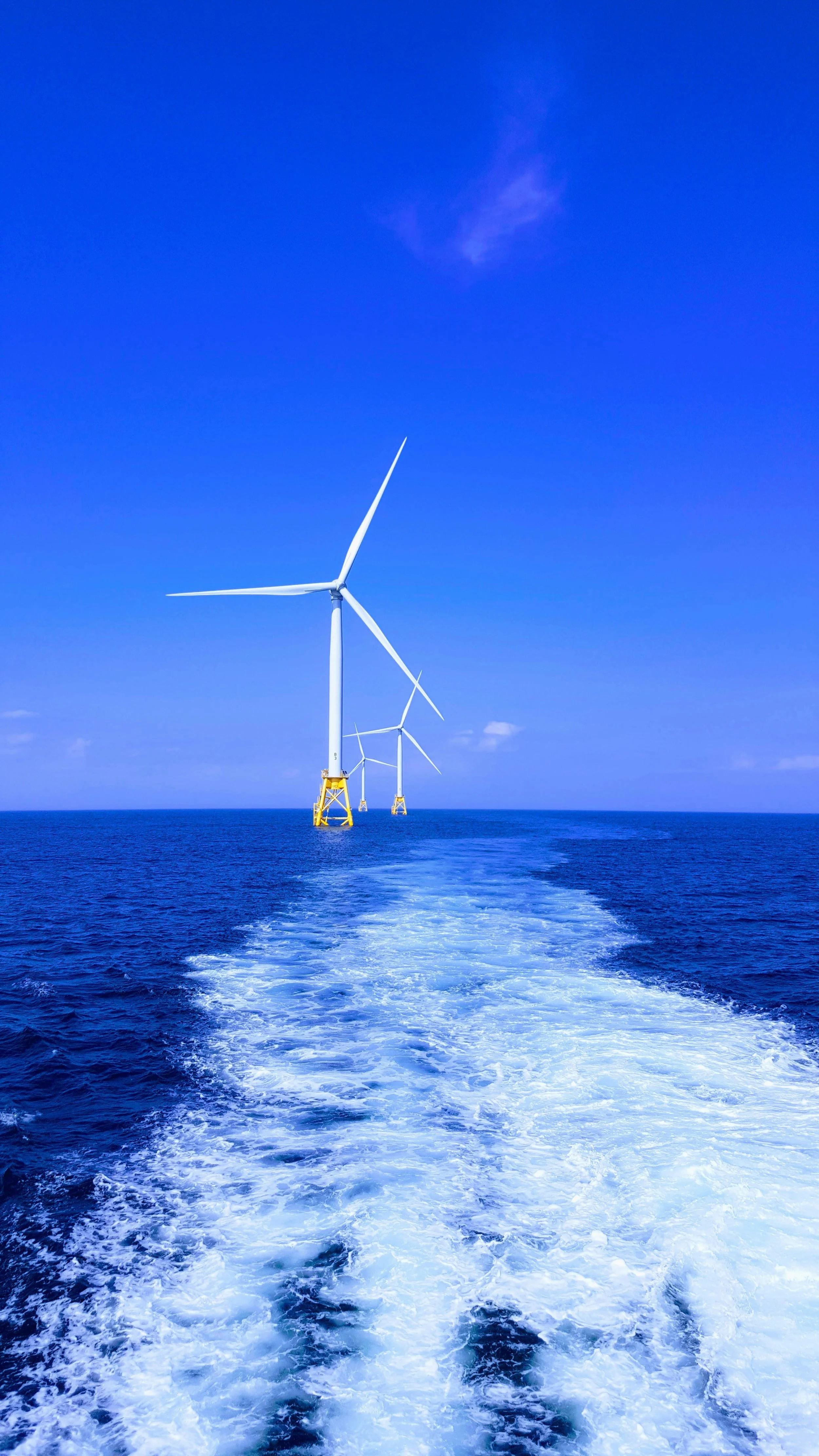Blog Article - Social Licence to Operate Offshore Wind in Australia’s Marine Environment
Reducing the carbon emissions produced by electricity, primarily through transitioning to renewable energy, is one of the most effective strategies that Australia can employ to mitigate future impacts of climate change. Offshore wind power, with its potential to deliver substantial amounts of reliable renewable power, courtesy of larger turbines and stronger ocean winds, offers a promising pathway to achieving net-zero emissions in the energy sector. However, amidst this promise lie significant challenges in ensuring that the development of offshore wind occurs in an equitable, inclusive, environmentally responsible, and socially acceptable manner.
A pivotal aspect of offshore wind development lies in obtaining the social licence to operate from different stakeholders and the Australian public. Measuring and understanding the drivers of social licence can be challenging because it encompasses dynamic social preferences and expectations linked to concepts such as industry legitimacy, trust and sustainable development.
Neglecting public perceptions and social acceptance has led to setbacks in offshore wind projects globally, sometimes resulting in conflicts and delays. Concerns ranging from visual amenity to environmental impacts have dominated public discourse both globally and within Australia.
To address these concerns, we conducted a comprehensive national snapshot to gauge the current social licence for offshore wind energy in Australia. This involved focus groups, scoping interviews, and a national survey involving over 3,000 respondents. We find that while participants expressed general support for offshore wind, they expressed concerns regarding its impact on local communities and the marine environment. Participants also wanted to know more about the trade-offs when comparing offshore wind to other renewable energy options.
Our survey reveals that 69% of respondents supported building offshore wind in Australia, while 17% remained undecided, and 14% expressed opposition. We find that the values that people hold for the environment and the ocean, their beliefs about the impacts of offshore wind, and their perceptions of climate and renewable energy play significant roles in shaping public opinion. Understanding the factors influencing public support and social licence is crucial if projects are going to proceed in a way that meets community expectations.
Despite a majority of survey respondents supporting future offshore wind projects, discernible segments of the public withheld their social licence, influenced by various factors including environmental concerns, technology scepticism, and perceptions about climate change. There is widespread concern about potential risks and impacts to the marine environment. Both industry and regulators will need to better understand and communicate expectations regarding environmental impacts. This includes sharing what can be learned from overseas studies of existing offshore wind farms.
To navigate the path towards broad social acceptance of offshore wind, several critical pathways must be addressed. These include positioning offshore wind in Australia’s decarbonization efforts, effectively communicating its environmental, social, and economic impacts, including its potential regional impacts and economic benefits, fostering meaningful community engagement processes that build credibility and trust, and an effort to address misinformation.
Importantly, although not the focus of this research, the offshore wind industry will need to partner with First Nations people who hold unique rights and responsibilities over Sea Country.
So, while offshore wind holds immense potential for Australia's future renewable energy landscape, its successful development hinges upon securing a social licence to operate with all stakeholders and communities.
Social science research, like this project, has a role to play in furthering our understanding of how values, identity, and place attachment interact with specific offshore regions and project proposals. It is also crucial for identifying opportunities for co-designing energy projects, establishing benefit-sharing arrangements for stakeholders and communities, and undertaking social, environmental and economic assessments of the potential benefits and impacts of building offshore wind in Australia.
By Dr Alaya Spencer-Cotton
University of Western Australia

